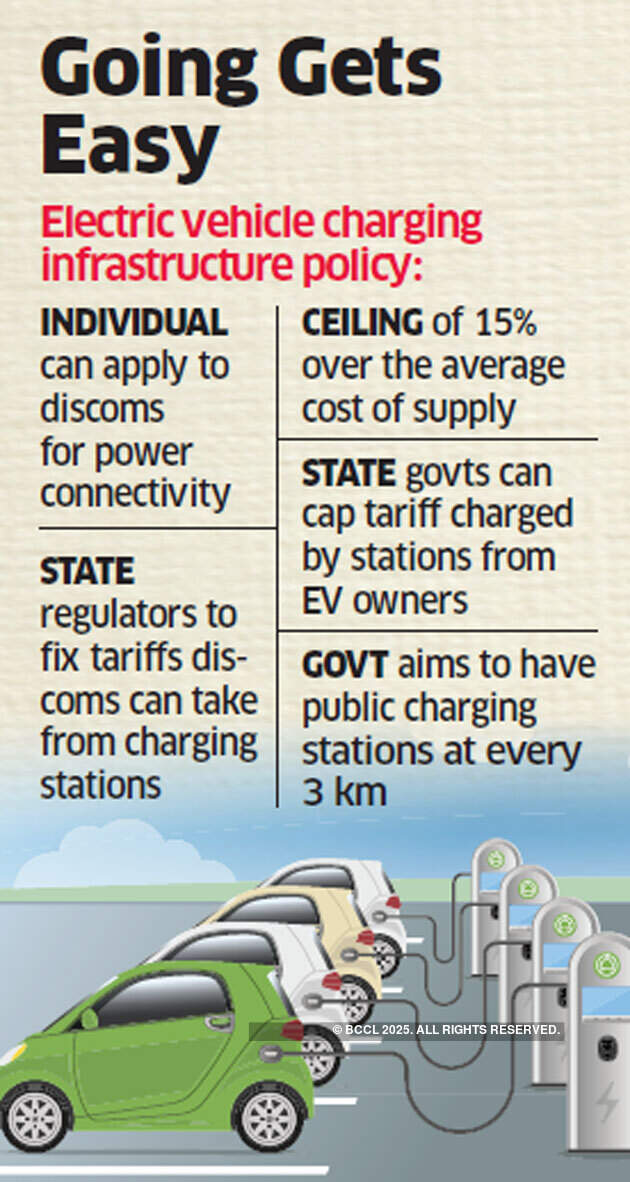Come the month of April, our Mysore electricity supplier M/s Chamundeshwari
Electricity Supply Corporation promptly revises the tariff rates without fail.
I had seen, it is almost 30% increase in the last 3 or 4 years. It is more than
the annual inflation index.
One major reason is ever increasing the
administrative overheads. Despite
increase in solar power supply the CESC is unable to control the inflationary
trend in its operations.
Leave that alone. Whenever they have to hike the power
tariff at least it should encourage the Low Energy Consumers and discourage the
High Energy Consumers.
In reality the opposite is happening : I consider consumers using less than 100 units are as LECs and above 100 units as HECs.
The table below reflects the tariff increase in
2019 as compared to 2018
Tariff slabs
|
Year 2018-19 (Rs/kwh)
|
Year 2019-20 (Rs/kwh)
|
Percent increase
|
0 to 30 units ( kwh)
|
3.45
|
3.70
|
7.2
|
30 to 100
|
4.95
|
5.20
|
5.0
|
100 to 200
|
6.50
|
6.75
|
3.8
|
Above 200
|
7.55
|
7.80
|
3.3
|
|
|
|
|
Fixed charges (for all)
|
50 +60 +60= 170
|
60+70+70=200
|
17.6
|
[Fixed Charges : First KW connection is lower than
additional KWs and an all electric home is provided with 3KW connection.]
Let us analyse what difference it makes to the consumer in different
slabs in terms of rupee value
( This includes Fixed charges of the respective years)
Tariff slabs
|
Year 2018-19 (Rs)
|
Year 2019-20 (Rs)
|
Percent increase
|
Fixed Charges
|
170.00
|
200.00
|
17.60
|
Up to 30 units
|
273.50
|
311.00
|
13.71
|
Up to 100 units
|
620.00
|
675.00
|
8.90
|
Up to 200 units
|
1270.00
|
1350.00
|
6.3
|
Say 220 units
|
1421.00
|
1506.00
|
6.0
|
|
|
|
|
What puzzles me is that 'why CESC is penalizing the lower strata of population with higher
percentage increase in tariff'. In fact the higher end users should have been charged
with higher rates of tariff to discourage excess usage of electrical energy.
Thus I see a basically a faulty approach in Policy Making.
One can easily see the ‘Low Energy Consumer’ is taxed more (13.7%)as compared High Energy Consumer (6.0%), more than double .
This gap has widened because the Fixed
Charges have been hiked disproportionately. This affects the LEC to shell out
higher percentage from his monthly
savings.
How to remove this anomaly?
A fair solution is to fix a % increase
based on the total revenue and work backwards to evenly distribute across all
groups.
As we do not have the data about the distribution of
consumer base in different slabs it is
difficult to rework the exact solution. However a model calculation based on 6%
increase in revenue is shown in the table below.
Tariff slabs
|
Year 2018-19 (Rs/kwh)
|
Suggested (Rs/kwh)
|
Percent increase
|
0 to 30 units ( kwh)
|
3.45
|
3.65 (3.7)
|
5.8
|
30 to 100
|
4.95
|
5.25 (5.20)
|
6.0
|
100 to 200
|
6.50
|
6.90 (6.75)
|
6.15
|
Above 200
|
7.55
|
8.00 (7.90)
|
6.0
|
|
|
|
|
Fixed charges
|
50 +60 +60= 170
|
50+65+65=180 ( 200)
|
6.0
|
( figure in the bracket shows CESC’s present rate)
The new rates are not way off from the present rates except
the Fixed Charges which is significantly lower, down by 11%.
What difference it makes to the consumer in absolute terms
of payment in rupees?
Tariff slabs
|
Year 2018-19 (Rs)
|
As per suggested rates
|
% increase
|
Fixed Charges
|
170.00
|
180
|
6.0
|
Up to 30 units
|
273.50
|
290
|
6.2
|
Up to 100 units
|
620.00
|
657
|
6.0
|
Up to 200 units
|
1270.00
|
1347
|
6.0
|
Say 220 units
|
1421.00
|
1507
|
6.0
|
We can see the impact of tariff revision is uniform across
all strata and not very much skewed in favour of the HEC
It is important to see the suggested rates have not
altered the dues from the HEC from the
present rates declared but at the same time giving relief to LEC.
Tariff slabs
|
Year 2019-20 (Rs)
|
As per suggested rates
|
Fixed Charges
|
200.00
|
180
|
Up to 30 units
|
311.00
|
290
|
Up to 100 units
|
675.00
|
657
|
Up to 200 units
|
1350.00
|
1347
|
Say 220 units
|
1506.00
|
1507
|
If this does not meet the expected overall revenue, the percentage increase has to be reworked as
7 or 8 uniformly across all sections and not arbitrarily adjust the numbers
without concern for Low Energy Consumers.
The country has to go a long way in numeracy to understand the significance of numbers in decision making.
 The UPI's proud - a feather in the cap- app BHIM has been weak and ailing for some time. There has been frequent failures of ...a) failures of transaction b) frequent time-outs and now finally a failure to register.
The UPI's proud - a feather in the cap- app BHIM has been weak and ailing for some time. There has been frequent failures of ...a) failures of transaction b) frequent time-outs and now finally a failure to register.












